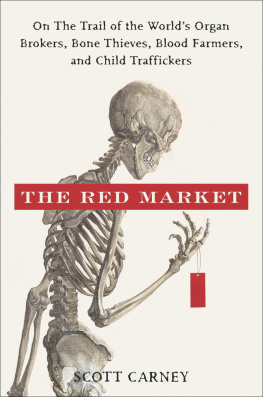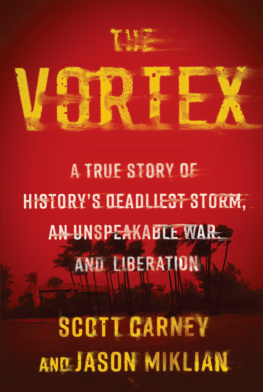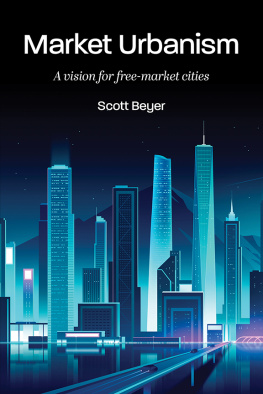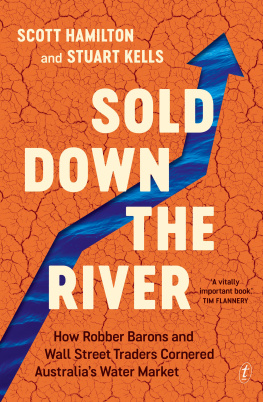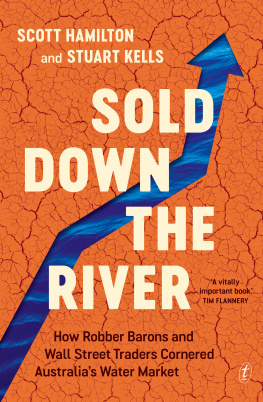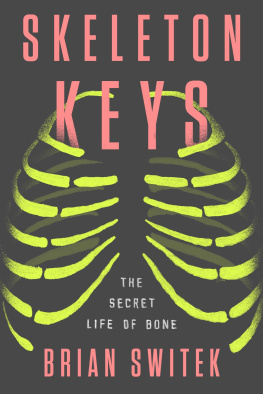If blood as a living human tissue is increasingly bought and sold as an article of commerce and profit accrues from such transactions then it follows that the laws of commerce must, in the end, prevail.
In other parts of India, people say that they are going to Malaysia or the United States with a glimmer of hope in their eyes. In Tsunami Nagar people speak that way about selling their kidneys.
Preface
Dead End

A bag of tibias recovered on the Indo-Bhutanese border town of Jaigaon. The evidence locker had more than one hundred skulls that had been pillaged from gravesmost likely Muslim graveyards in Varanasi. I came here expecting to find anatomy specimens destined for US medical programs, but learned that these materials would be turned into flutes and sold to Tibetan Buddhists inside Bhutan.
T HE SUBINSPECTOR WORKS the last breath out of a waning cigarette and flicks it out the window. The butt lands on foreign soil. The squat concrete police station that he presides over hugs the border so tightly that simply walking across the room might put him in another countrys jurisdiction. Responsible for overseeing contraband flowing between the worlds largest democracy and its last absolute monarchy, the officer spends his time reading the newspapers and calculating the surreal distance between himself and Delhi. He searches in his shirt pocket for another smoke, but the pack is empty. Frowning, he looks across the desk and ponders my request.
So you want to see the skeletons.
Im not sure if it is a question or a statement. I shift my weight on the wooden stool; it creaks as I pull it forward. I nod.
For two weeks Ive been combing the state of West Bengal on an assignment to investigate reports of so-called bone factories. For more than a century graves have turned up empty across the Indian countryside, the bodies sold abroad as anatomical skeletons. Until recently the trade was so extensive that just about every classroom skeleton in America must have come from India. In 1985 the Indian government banned exports of human materials, and many bone dealers were forced out of business. A few still existed though, driven undergroundand like other businesses on the red market, they were thriving.
Ive made my way to the Indo-Bhutanese border to document the supply chain of one particularly odious anatomist who is said to still have connections with Western companies. But as profitable as the business might be, the places where the bones actually get processed arent much to look at. The elusive bone factories are really just small tarp lean-tos posted on the banks of rivers. Here endless streams of cadavers get reduced to their most basic parts. Bone dealers employ grave robbers and self-trained anatomists to strip the flesh from the bodies, polish what is left to a chalk-white patina, and package them for shipping. The gruesome business is not popular with locals and police, so the dealers work out of sight. It had taken me three full weeks to find a lead.
My break came when a newspaper ran a short story about a police outpost that had seized a cache of skulls and bones in a lucky bust. I trekked out to the Jaigaon crossing, a border town that sees thousands of transients a day but isnt famous for hospitality.
So you want to see the skulls. The officer smirks. That wont be a problem.

This human skull was part of a cache of similar material recovered by police outside Kolkata, India. The teeth have fallen out, making this specimen far less valuable than a more intact skull. It smelled faintly of fried chicken.
He gets up from his desk and gestures for me to follow him to an open window; its dirt-smeared pane of glass overlooks the Indian side of the border. He points at a squat concrete building next door. They set up right there. Three rooms full of bones. The traders didnt have to deal with the border security; they could throw the bags of contraband over the walls into the neighboring country. Still, it was a bad plan to set up next to a police station.
To tell you the truth, he says, this isnt much of a problem. We were worried that these might have been murder victims. I dont think that there is any specific law against robbing graves in this country. They will probably walk free. Even charging them with theft is a problem since the bones original owners are now all dead.
After the arrest, the police logged the bones in as evidence just in case a court ever decides to hear the charges. The cops assistant takes me to a stained jail cell that doubles as an interrogation room and evidence locker. The man pulls out a half dozen old cement bags made of woven nylon. He drops one on the floor, and the dry bones inside clatter. He fumbles with the knot and pulls back a layer of clear plastic.
The first is full of leg bones. They smell of earth. The clots of dirt clinging to them tell me that they have been sitting in the ground for a long time. A few of the tibias have saw marks where the workers cut off the knobby ends into what looks like a mouthpiece for a flute. The coolie yanks on a brown hemp string that ties the second bag shut and reveals that it is full of skulls. Each skull had been sawed into pieces so that the area below the crown could be removed and discarded; all that is left are about one hundred brainpans.
I frown as I look over the supply. These are not the skulls that I am looking for. Theyre too old and too processed. A good anatomical skeleton has to be prepared quickly, and the bones systematically cleaned to be useful. Once theyve been in the ground for too long theres no chance that an aspiring doctor would find them useful for study. Besides, what doctor isnt going to want to see the rest of the skeleton? It dawns on me that Ive found the wrong damn bone traders. The people who stole these had a different business plan. Theyre not marketing to doctors, theyre marketing to monks.
Certain sects of Bhutanese Buddhism are unique in that they teach that the only way to understand mortality is to spend time contemplating dead bodies up close. As such, almost every family and earnest Buddhist practitioner needs carefully prepared ritual instruments crafted out of human bones. Most commonly, this means flutes carved from tibias, and prayer bowls cut from the crowns of skulls, hence the bags full of them.
Im used to dead ends, and yet Im still surprised. I hadnt expected that there would be multiple ways to sell a stolen skeleton. I snap a few photos and thank the cops for their time. Id wasted the day and a half that it took to get here.
My driver fires up the engine and peels out of the police station driveway, kicking up a cloud of brown dust behind us. I prepare myself for another interminable journey of bumpy roads and near-head-on collisions as we play chicken with oncoming traffic. In the levity that comes with imminent mortality, I think about how unlikely it is to have two sets of bone thieves competing for bodies in rural India. Are markets for body parts something that exist only on the fringes of international commerce? How many ways can there be to sell a human body?

